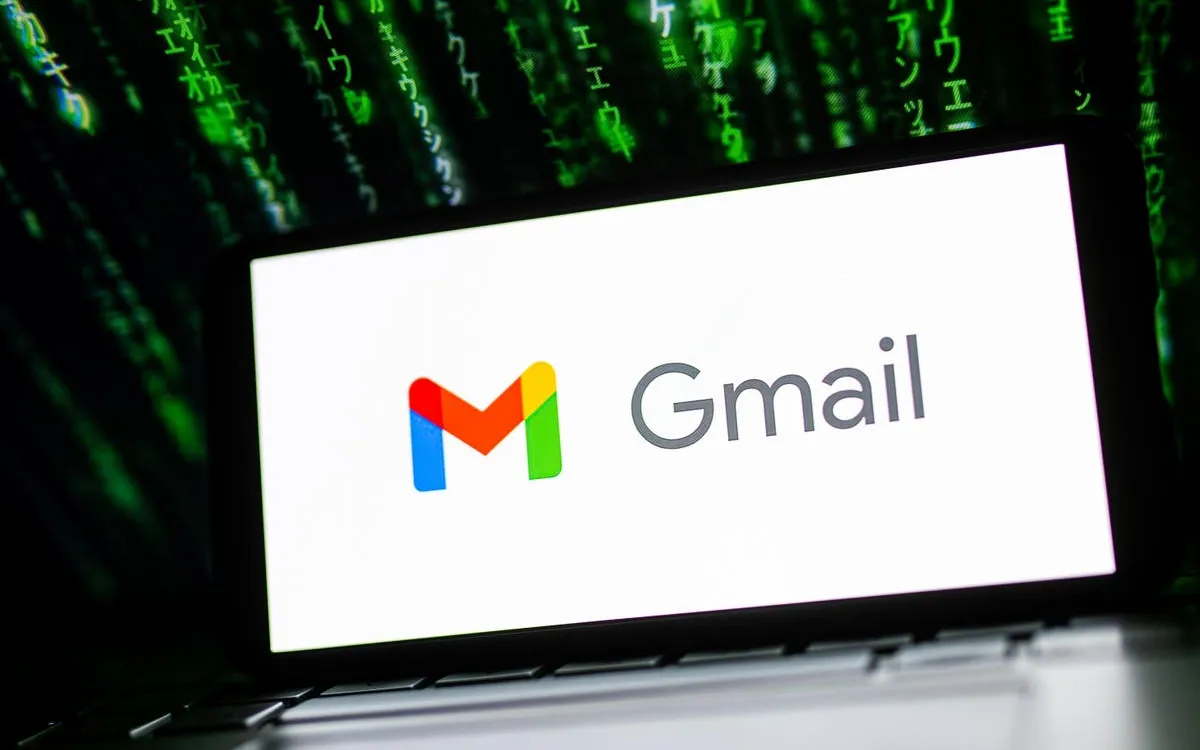
As the FBI takes the significant step of advising users of popular webmail platforms, particularly Gmail, to enable two-factor authentication (2FA), it's clear that a serious new ransomware threat campaign is on the rise. This warning comes at a time when users are increasingly concerned about the safety of their accounts, especially as reports of hacking incidents continue to flood online forums. A common refrain among Google email users is, "My account has been hacked and I’m locked out."
Given that Gmail is the most widely used free email platform globally, it not only attracts regular users but also various threat actors, scammers, and hackers. If you find yourself in a situation where a Gmail account hacker has gained complete control—altering your phone number, email address, password, and even the second authentication factor—it can feel like all hope is lost. However, Google offers a glimmer of hope: it is indeed possible to recover your account if you take action within seven days.
According to Google spokesperson Ross Richendrfer, the most crucial step in recovering a hacked Gmail account is to act swiftly. While ideally you would prevent the attack by utilizing a phishing-resistant authentication method, such as a passkey, this may not be possible if you are already locked out of your account. Nevertheless, once you regain access, it’s vital to implement robust security measures to protect your account moving forward.
Google strongly recommends that all Gmail users attach a recovery phone number and a recovery email address to their Google account. These recovery options serve as essential tools in the event that users forget their passwords or, more critically, if an attacker changes the account credentials after hijacking it. Richendrfer emphasizes that users have a seven-day grace period after changing their recovery phone number, during which they can reclaim their account.
When selecting a recovery phone number, it is advisable to use a smartphone that is exclusively owned by the Gmail account holder. This number should be used regularly and kept on their person for added security. In cases where users change their recovery email, they may have the option to receive sign-in codes sent to their previous recovery email for one week, providing an additional layer of recovery assistance.
For those seeking additional help, Google has made comprehensive resources available online, including step-by-step recovery instructions for users facing hacking incidents. By taking these proactive steps, you can significantly improve the security of your Gmail account and enhance your overall online safety.